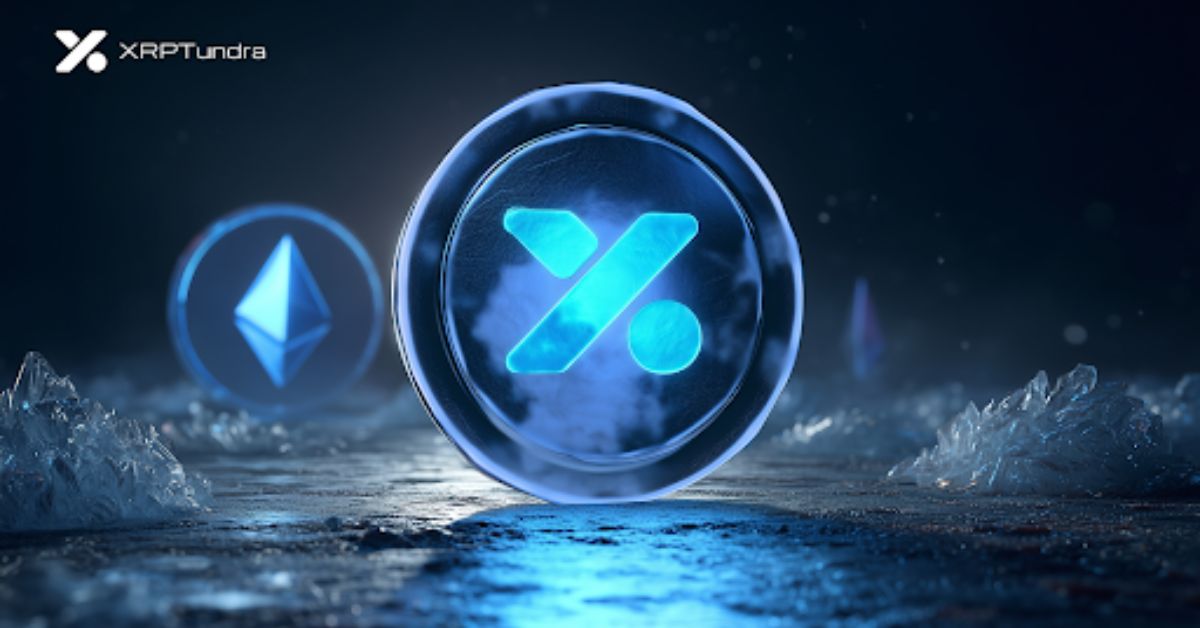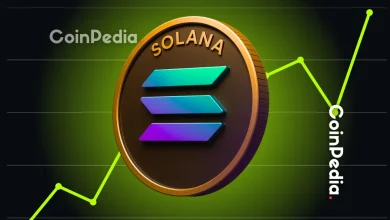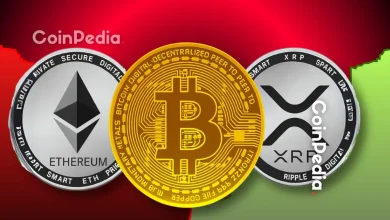
Standard Chartered has raised its 2025 year-end target for Ethereum to $7,500, more than doubling its previous estimate of $4,000. The bank’s head of digital assets research, Geoff Kendrick, said improved institutional engagement and rising token holdings could lift network demand, particularly as stablecoin circulation expands.
Kendrick projected that the stablecoin sector would grow by roughly eightfold by 2028, driving higher on-chain activity and fees on Ethereum’s main network. He also raised the bank’s long-term forecast, setting a 2028 year-end target of $25,000. Most stablecoins are issued and settled on Ethereum, meaning every increase in usage raises demand for ether to pay network fees.
Standard Chartered’s Layer-1 Thesis
The brokerage’s optimism centers on Ethereum’s role as the default settlement layer for digital finance. As stablecoins become a larger component of global payment flows, Ethereum’s base layer could benefit from a steady increase in fee revenue and treasury adoption. Kendrick noted that corporate treasuries could eventually hold as much as 10 % of all ether in circulation as on-chain reserves.
This institutional thesis relies on Layer-1 scalability. Ethereum must continue handling high-value transactions while migrating lower-value activity to secondary layers such as Arbitrum or Optimism. The path forward is clear: increased throughput, rising demand, and higher valuation potential — provided network fees remain manageable.
Yet the same narrative that drives Ethereum’s valuation also highlights its limitation. Network yield remains tied to variable transaction volume and validator performance, with base-layer staking returns hovering between 3% and 5%annually. Against that backdrop, newer ecosystems like XRP Tundra are attracting capital by offering fixed, transparent on-ledger yields that don’t depend on network congestion or fee markets.
Verified Yield Versus Theoretical Throughput
Ethereum’s proof-of-stake validators currently generate about 3.2%–4.1% APY, while liquid staking pools such as Lido or Rocket Pool typically deliver 3.5%–5% after fees. XRP Tundra’s Cryo Vaults — its native staking framework on the XRP Ledger — operate on a different principle: pre-allocated reward pools verified through external audits.
Cryo Vaults allow XRP holders to lock assets directly on-ledger for fixed periods between 7 and 90 days, earning 8% to 30% depending on duration and pairing tier. The process never transfers custody or lends out assets; all rewards originate from a capped token supply. This predictable model contrasts sharply with Ethereum’s fluctuating yields driven by gas-fee volume and validator count.
Through this structure, Tundra replaces fee-based variability with mathematically defined returns. The approach appeals to holders who want on-chain yield without exposure to network-level volatility or slashing risk.
Dual-Chain Design Anchors Predictability
XRP Tundra operates on two synchronized layers: TUNDRA-S, a Solana-based utility token powering yield functions, and TUNDRA-X, the XRP Ledger governance and reserve asset. This dual-token design separates short-term utility from long-term value, preventing the single-asset tension that Ethereum continues to face as both gas token and collateral base.
At the current Phase 6 of the presale, TUNDRA-S trades at $0.1 with a 14% bonus, while TUNDRA-X’s reference value is $0.05. Confirmed listing prices of $2.5 and $1.25 imply substantial upside once trading begins. The project has already raised $1.2 million from 11,612 participants, distributing around $10,000 in Arctic Spinner rewards — its tiered gamified bonus program.
The Solana-side infrastructure integrates Meteora’s DAMM V2 liquidity pools, ensuring stable post-listing markets through dynamic fee scheduling and locked liquidity. This prevents the speculative dumping common in early-stage DeFi launches and channels trading fees back to the Cryo Vault reward structure.
Audited Code, KYC’d Team
In contrast to Ethereum’s open yet anonymous developer culture, XRP Tundra entered its presale fully verified. The project holds three independent smart-contract audits — Cyberscope, Solidproof, and FreshCoins — alongside a published Vital Block KYC certificate confirming full identity disclosure of its founding team.
This verification layer defines Tundra’s positioning in the post-regulatory DeFi landscape: transparency before listing rather than after market failure. As highlighted in a recent analysis by Crypto League, the combination of on-ledger staking, dual-chain architecture, and verifiable audits establishes a measurable trust premium rarely seen among presale projects.
Capital Seeking Consistency
The broader market narrative remains that Ethereum will benefit from Layer-1 demand as DeFi matures. But investors increasingly differentiate between theoretical scalability and tangible yield. With Ethereum staking returns tied to volatile gas fees, predictable reward systems such as XRP Tundra’s Cryo Vaults are gaining ground as income-generating alternatives.
Tundra’s audited, dual-chain economy represents a structural answer to the same problem Ethereum aims to solve — monetizing network participation — but through fixed ratios and verifiable transparency rather than throughput expansion.
As the crypto market prepares for another institutional cycle, the contrast between speculative growth and measured architecture may define where new liquidity flows next.
Secure your Phase 6 allocation and follow verified updates as listing approaches:
Website: xrptundra.com
Medium: medium.com/@xrptundra
Telegram: t.me/xrptundra
X: x.com/Xrptundra
Contact: Tim Fénix — contact@xrptundra.com
Disclaimer and Risk Warning
The content featured on Coinpedia's press release page is provided for informational purposes only. Coinpedia does not endorse, verify, or take responsibility for the accuracy, completeness, or reliability of any press releases or associated materials. Any views, opinions, or statements expressed in these press releases are those of the respective issuers and do not reflect the opinions or positions of Coinpedia. Coinpedia is not liable for any content, products, services, or actions mentioned in the press releases. Readers should independently verify the information before taking any actions related to the subject matter of the releases.








